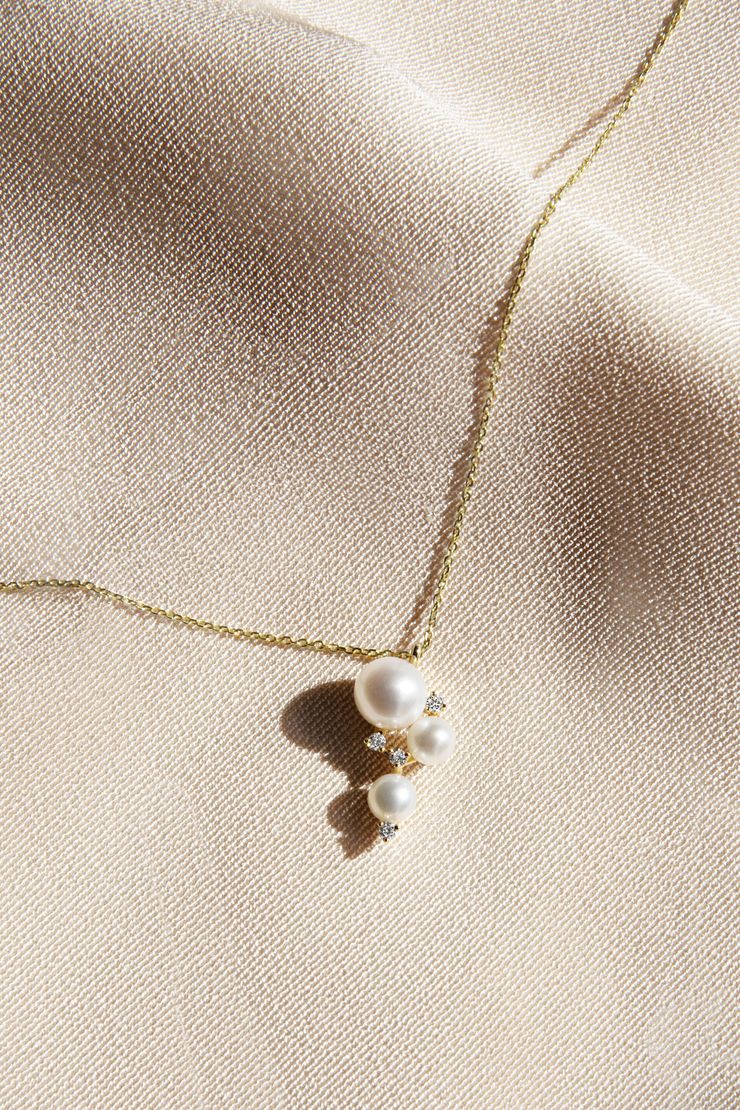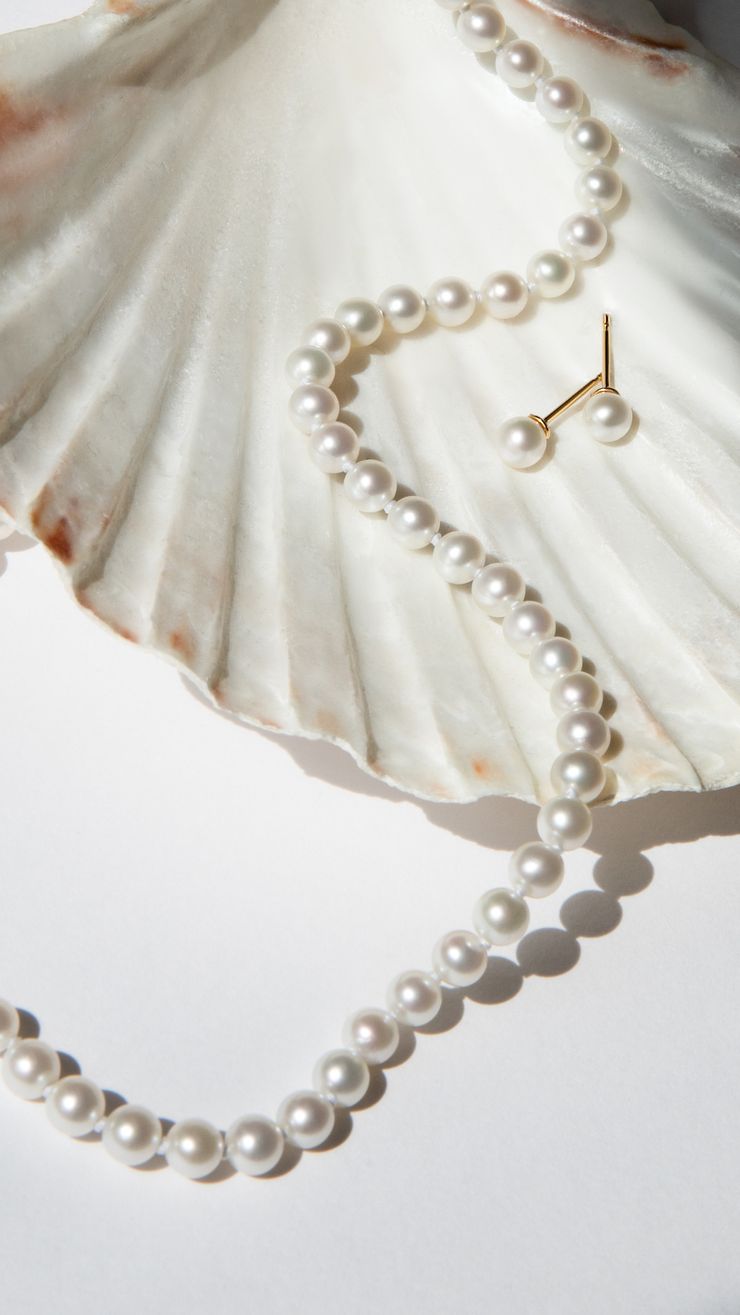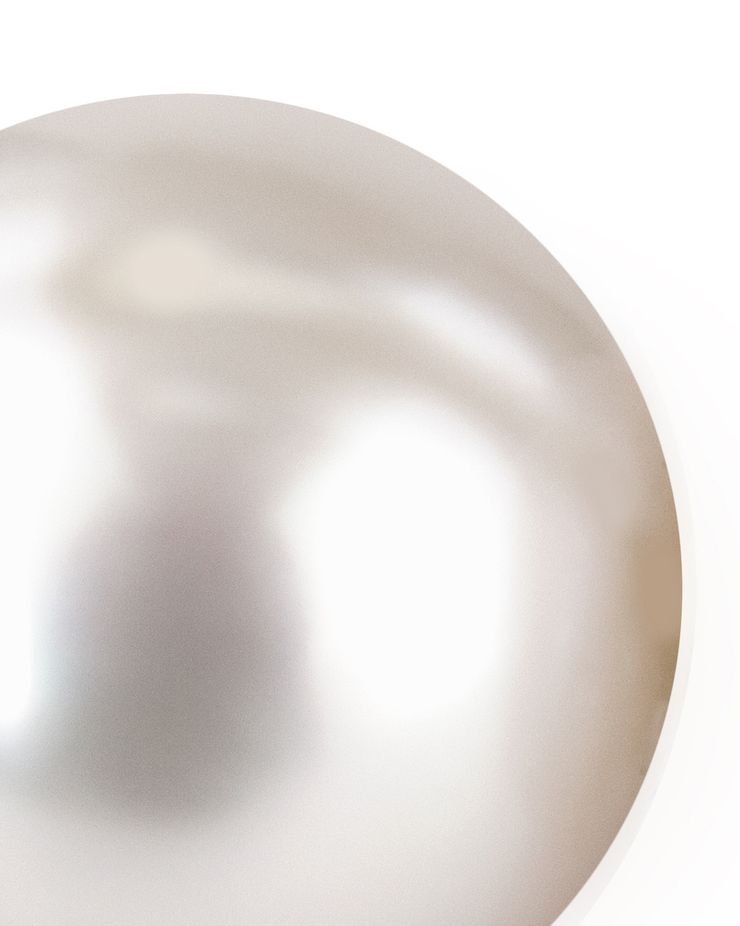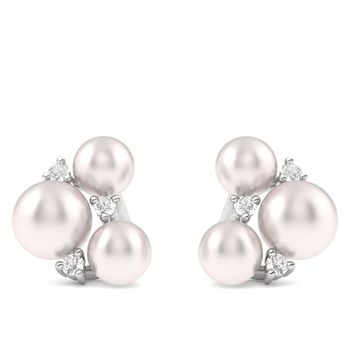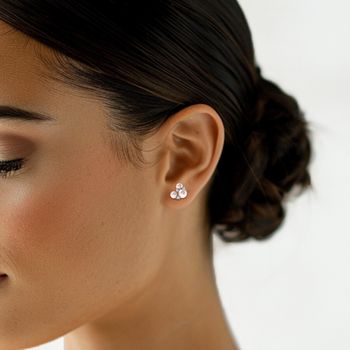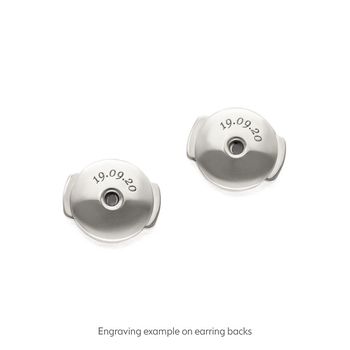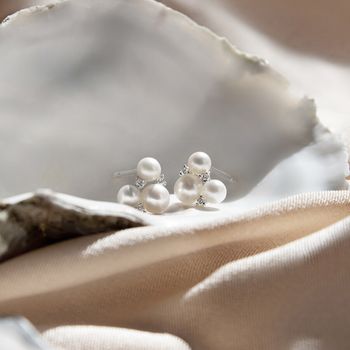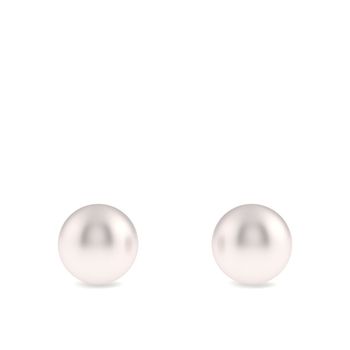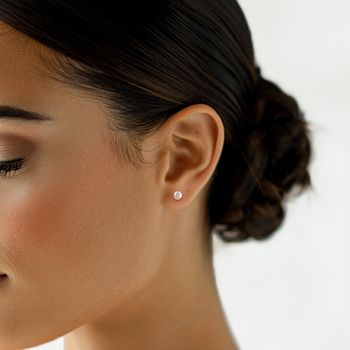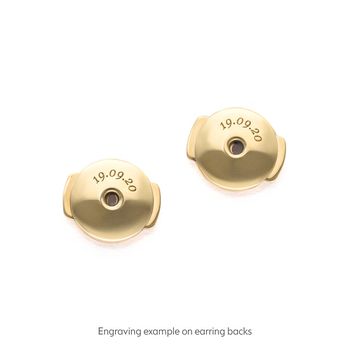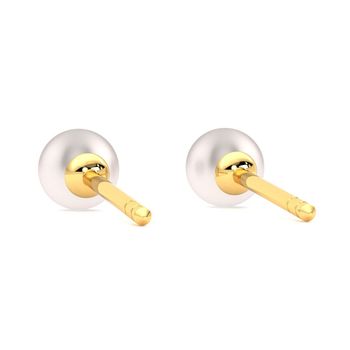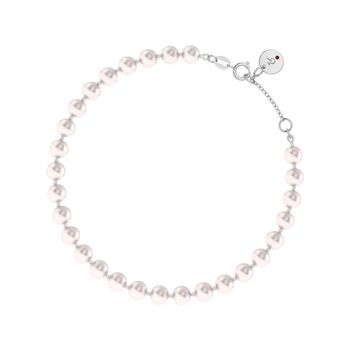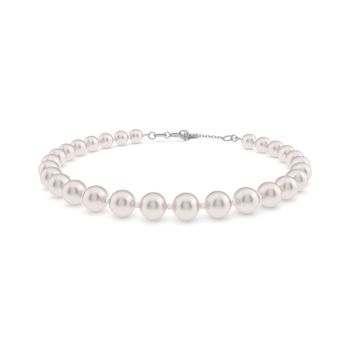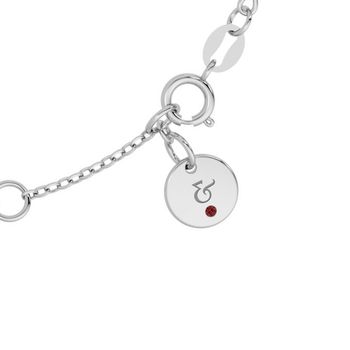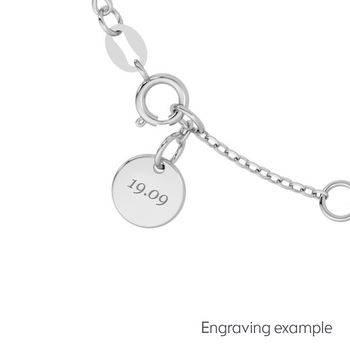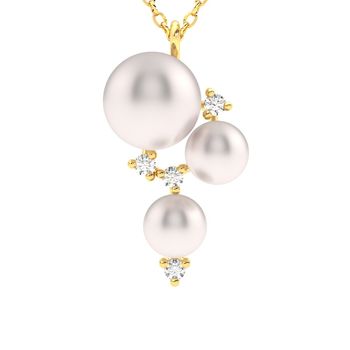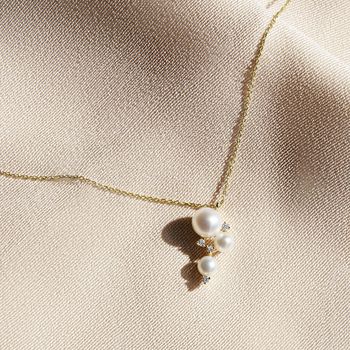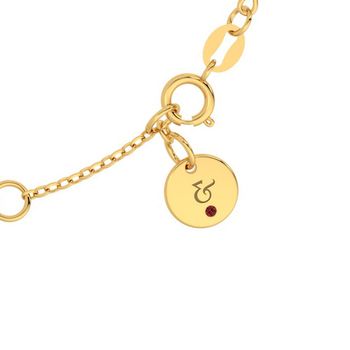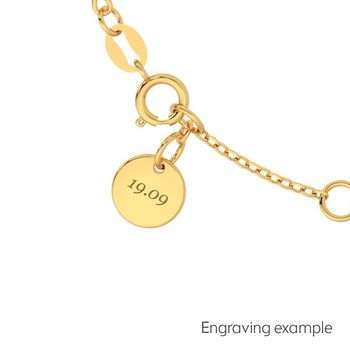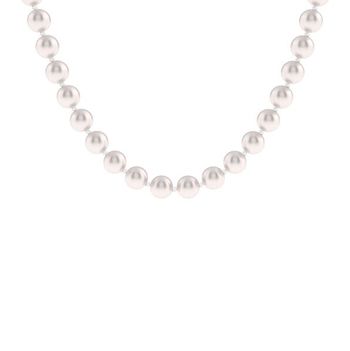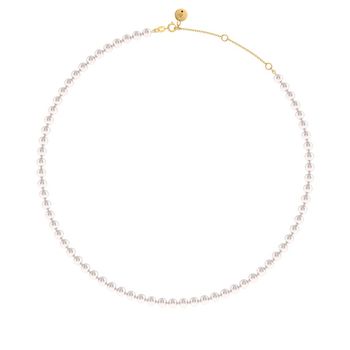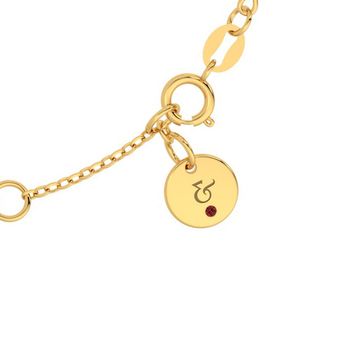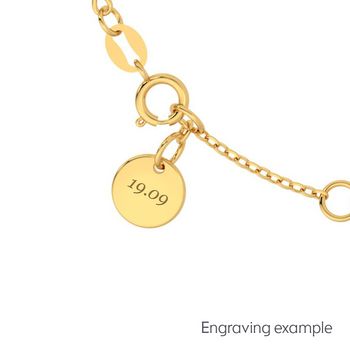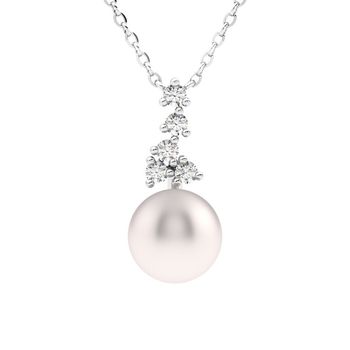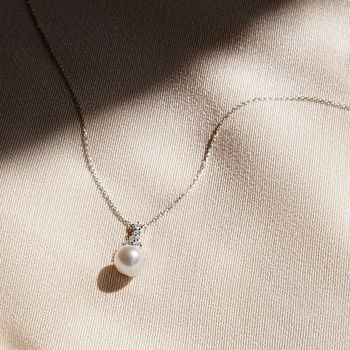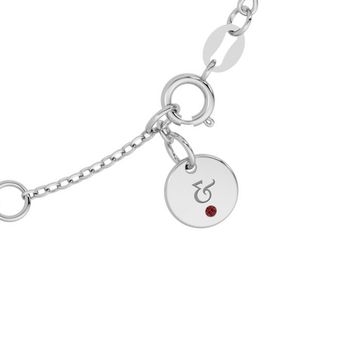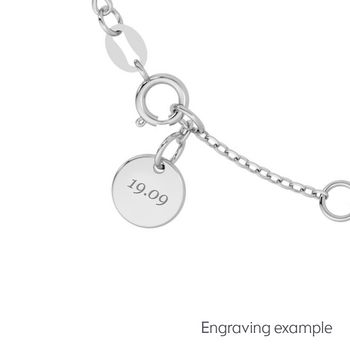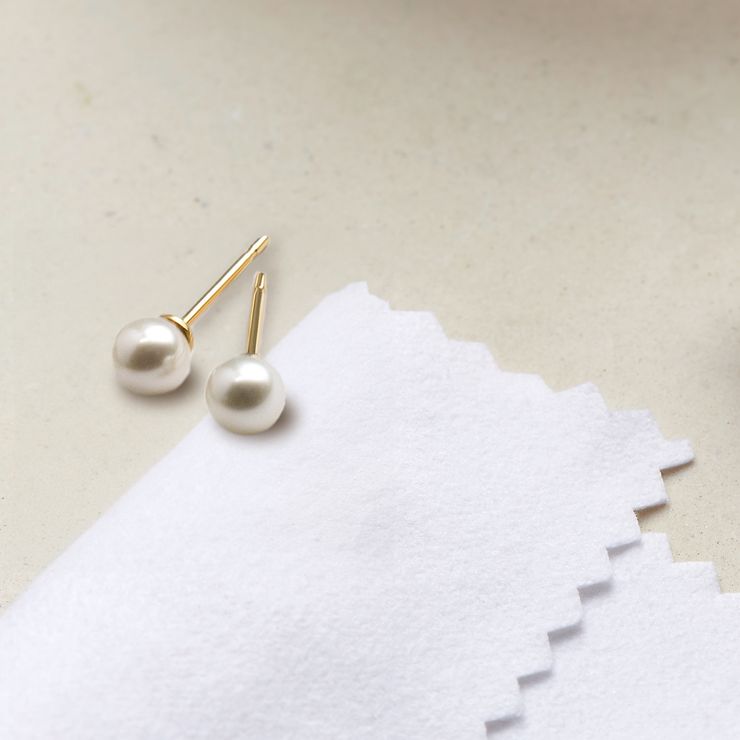What is a pearl?
Pearls are unlike most gemstones which are usually found deposited within the earth. Formed within the soft tissue of a living shelled mollusc, typically an oyster or mussel, pearls are like treasures from beneath the waves. Here’s the science bit: when an irritant such as a grain of sand enters the mollusc, the animal secretes layers of something called nacre (a combination of calcite and conchiolin) around it to protect itself. Over time, these layers build up to form a beautiful pearl, hidden within the shell.
Types of pearl
We have natural pearls which are formed without any human intervention. These gems are extremely rare and, therefore, extremely valuable. We also have cultured pearls that are formed with human assistance, where an irritant is intentionally inserted into the mollusc.
Then there’s the differentiation between freshwater and saltwater pearls. Freshwater pearls are typically found in mussels in rivers and lakes, while saltwater pearls are found in oysters in seas and oceans.
There are a few characteristics that define a pearl. The shape is one of the first features we notice. The round is probably the most sought-after, but you can also get oval, drop, or irregular, also known as baroque.
The lustre, or shine and reflection, on the pearl’s surface is another defining feature. This unique shimmery appearance is instantly recognised and often replicated with widely varying colours, including black, blue, pink and even gold hues. But the main hue we know and love is the bridal white.
